Every year, stylists and trendsetters dictate fashion in the field of hairstyles: and although at times the trends go to the side of rather extreme images, the classic versions are firmly held together. This is a craving for the natural: shades, highlights, overflows and density of hair. All this covers armoring, a popular and improving technique.
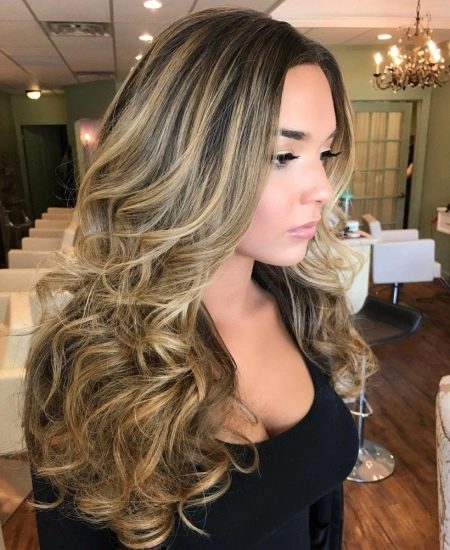
What it is?
Bronding (or brond) means a mixture of highlighting and coloring, as a result of this combination, the hair should look as natural as possible. The technique is based on soft, natural overflows that visually add volume to the hairstyle.
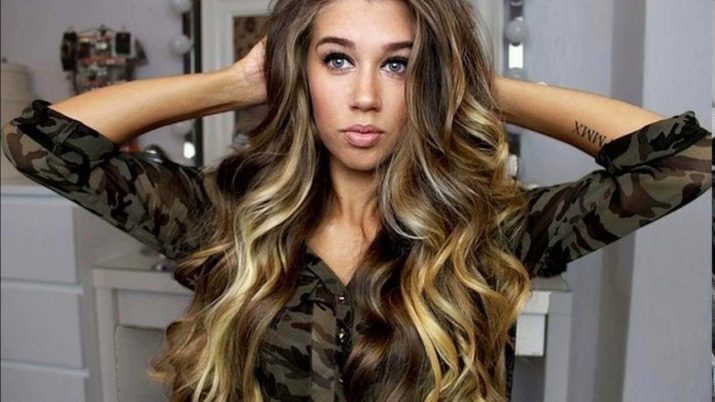
The master will select the color, starting from the natural shade of the client’s hair.
The technique involves staining individual strands along the entire length with the same indentation from the hair roots. Colored strands will not differ significantly from the natural shade - leaving within just two or three tones. For this reason, you can’t confuse hair resurfacing with either shatushi or highlighting: these techniques do not so accentuate the naturalness of the image and the softness of the transitions.
Finally, when bronzing, the master uses gentle paints, because one does not have to drastically repaint the strands.

Bronding has at least 5 significant advantages:
- hair after such a procedure seems thicker and more voluminous - both in a loose form and in a weave;
- bronde makes it possible to grow a natural color without stress - no one will notice a significant difference between regrown roots and the main length;
- the technique does not require sacrifices - the image changes, but the master does not take radical actions (sparing paints, the result certainly suits the client, as it relies on natural shades of hair);
- with the help of bronde, you can create the effect of burnt hair that does not go out of fashion;
- bronding is universal - suitable for brunettes, blondes, and gray mice.
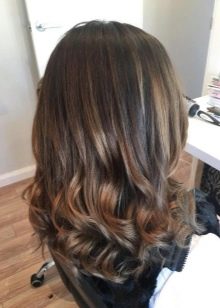

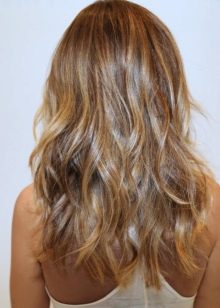
The technique is also unique in that during its existence it branched out into species and subspecies, therefore such work can be called subtle, individual, not using universal faceless templates.
Unlike other techniques
People who are far from the beauty industry can be confused in terms: streaked hair, colorized and armored seem to him a designation of the same external image. But the difference between the techniques is great.
Using highlighting, the master highlights the hair along the entire length. And if on a natural blonde, lighter strands look convincing, then such coloring is rarely suitable for brown-haired women or brunettes. Against the background of a dark color, streaked strands occasionally look really attractive: if such an aesthetics were appropriate 10-15 years ago, today this method of coloring seems coarse, out of date.
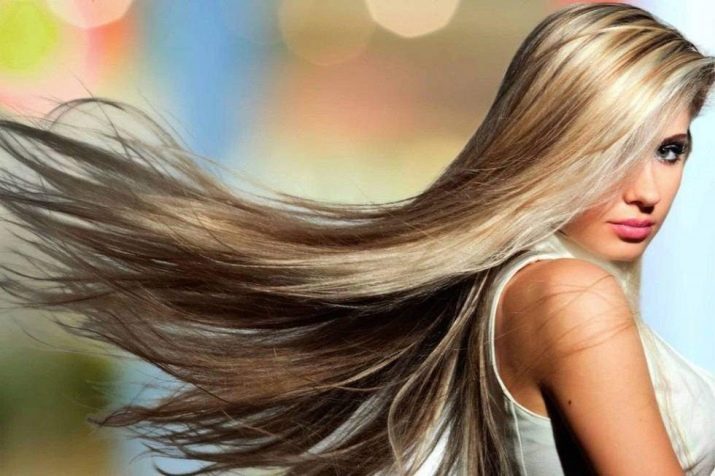
Colorization - This is a term that even experts manage to interpret in different ways. The layman believes that coloring refers to the technique of giving hair a bright, intense shade. In fact, this method does not mean highlighting strands, but coloring all hair using different shades, sometimes competing. Coloring is horizontal and vertical.
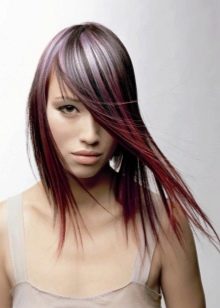
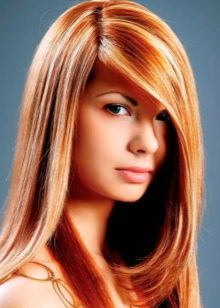
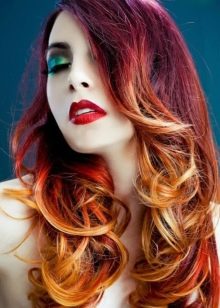
Shatush is a popular staining technique based on a soft transition from dark to light shades. The Italian stylist, inventing the progressive technique, called it by analogy with a rare kind of English wool. But the author of the staining rather had in mind another meaning of the word "shatush" - luxury.
The main technique is stretching the color, this differs from highlighting.
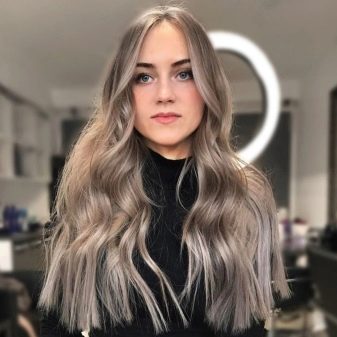
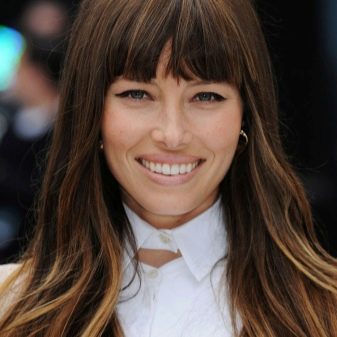
Bronding has incorporated the nuances of each of the presented techniques, but the better it is that all techniques are performed so filigree that often armored hair can not be distinguished from natural. Both soft transitions and gentle highlights create the illusion of rich natural overflows.
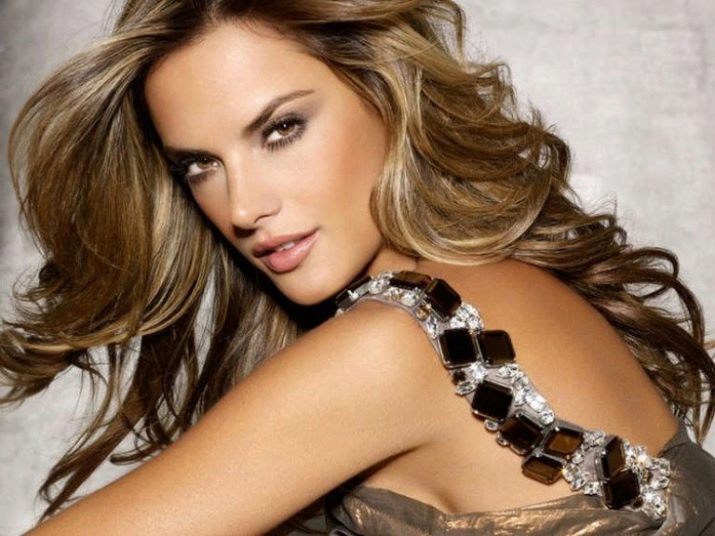
Who is it for?
The main requirement is long hair. Owners of short haircuts are also dyed in this technique, but they do not allow to demonstrate all the advantages of the method. If the hair is below the shoulder blades and straight - this is ideal for bronding. Such initial data gives the coloring to play in full force.
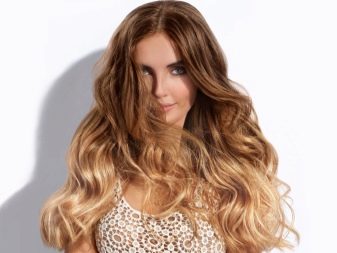

Let’s see how effective the reservation is for different categories of clients.
- Short hair. Suitable for blondes who prefer not a plain color, but the playfulness of natural transitions. Sharon Stone and Charlize Theron more than once used such a technique that they undoubtedly go. For girls with short haircuts, the booking option should not be discounted, if only because professional work will make it possible to arrange the locks with a changed shade on the face so that it visually rejuvenates and refreshes.

- Middle length. Medium-length and brown hair is by no means a contraindication to bronde, but expectations can be overestimated, and the master should warn the client. If you are going to grow hair, this method will help to make the process of growing aesthetically comfortable.

- Long. The best option to show all the advantages of the technology, maximize the expression of color and glare, emphasize the volume. But if the hair is weakened, requiring initial color alignment and resuscitation, it is better to postpone the bronde.
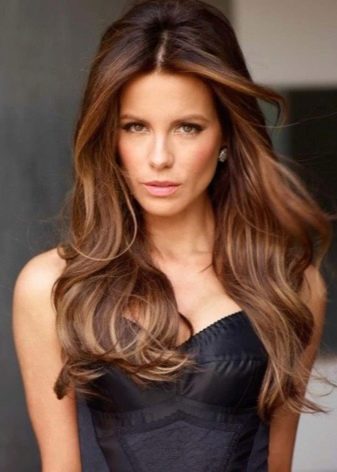
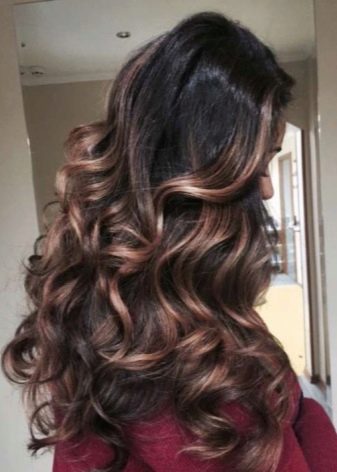
- Direct. Also the preferred category of clients are women with straight hair by nature. Curly and curly hair with its structure can shade the effects that the master worked on.
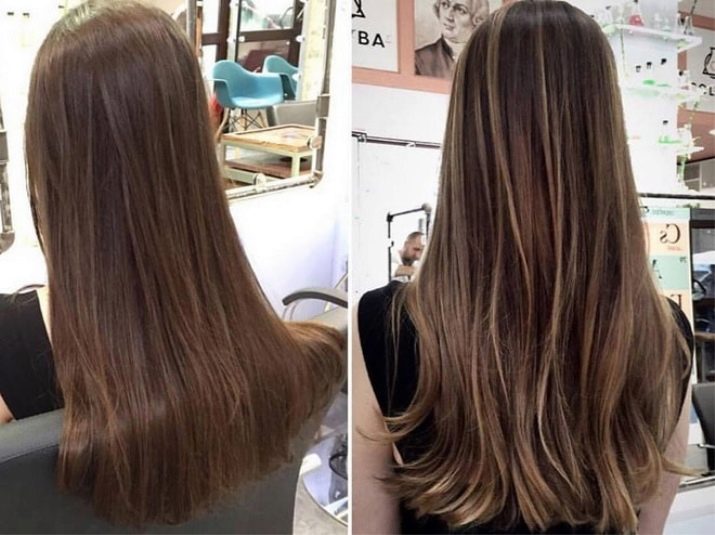
- Blondes One of the best options is bronzing on natural blonde hair. Blonde acquires volume, layering, the effect of strands burnt out in the sun. As a rule, in blondes, the root zone of hair is darker, due to such a natural transition and bronzing, it looks convincing on fair hair. A lot of variations and nuances can afford blondes who decide on brondes.
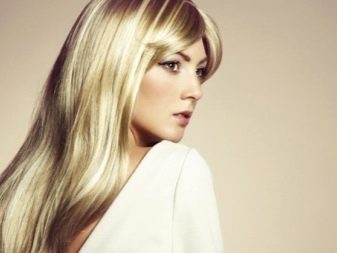
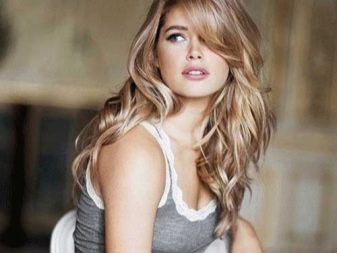
- Chestnut. A deep chestnut color can play in a different way, if an experienced master is taken to book a client. This option looks good on swarthy and tanned girls, suitable for brown-eyed ladies with bright features.
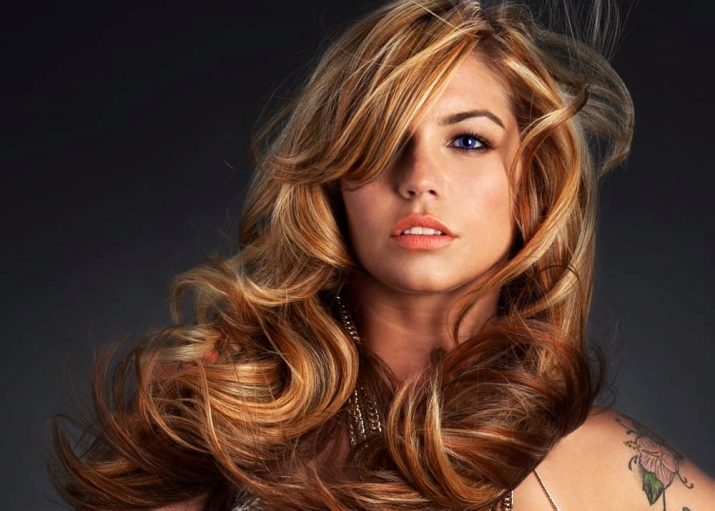
- Redheads. An option that can be both grand and disastrous. The charm of the red color is that with the successful work of the master it will always look like natural. But if the bronde is bright, active, without softness - it may seem grotesque.
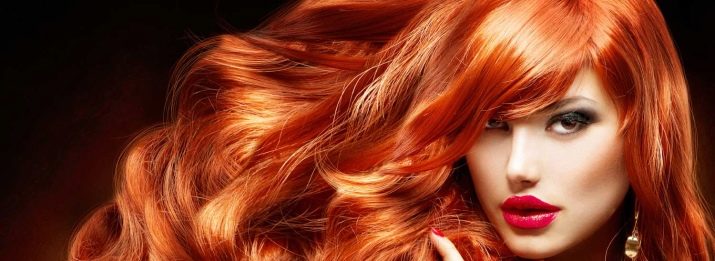
- Black. If the hair is too dark, they will have to lighten to chestnut, and only then go on to bronding. Brunettes often prefer zonal staining, when only the upper part of the hair changes, while the bottom remains natural. For dark strands, the master tries to pick up friendly chestnut, copper, cognac shades.
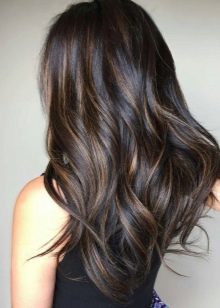
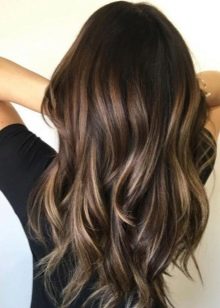

- Gray Brond for gray hair has become a trend in recent seasons. Women who are no longer shy of natural changes in appearance want to soften the visual perception of gray hair a little - brond allows you to do this to the fullest. In this case, even relatively short gray hair can look more elegant and aristocratic due to the bronze.
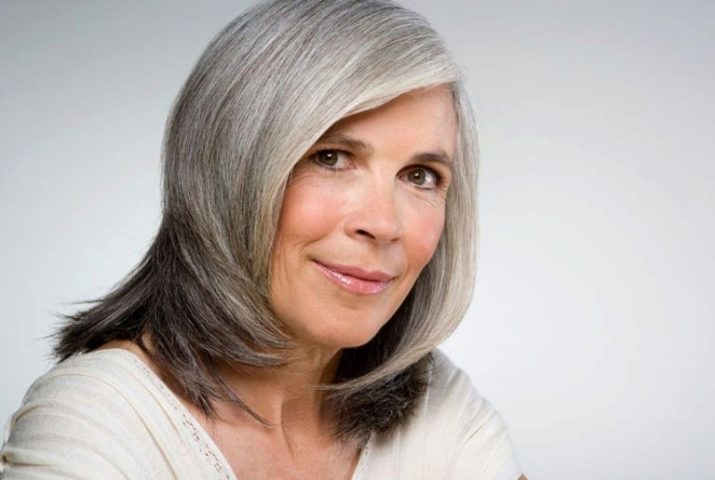
A preliminary consultation with the master is required: often a specialist advises first to revive the hair, strengthen it, and only then try complex staining.
Kinds
The type of bronzing that the client will choose together with the master depends on the length of the hair, the original color, and the expectations of the woman herself.
Consider in more detail the varieties of technology.
- Classic. The main emphasis is on the use of shades extremely close to the natural color. Paints darker than saturated light brown are usually not used, pearl and platinum reflections are the most popular. Brown-haired women with the classic variety of bronde acquire honey or copper locks.
- Zone staining. It is stylish and modern, also economical, because the paint is involved only in certain parts of the head. Usually, the top layer of hair is highlighted, while the bottom is left the original or dyed in an even dark shade.
- Chocolate coloring. Trendy version of the transformation of hair, which has become especially popular since the beginning of last year. Chocolate-brown, copper-chestnut and coffee shades look beautiful, noble. Due to glare and overfill, the hair seems very thick.
- Ash staining. It is chosen by women who want to emphasize all the softness and beauty of a natural ash blond or dark blond color. The technique refutes the erroneous opinion that the light brown color is always unprepossessing, inconspicuous, dull.
- California staining (otherwise called Hollywood). This technique, which partially repeats highlighting in an open way. This means lightening individual strands without using foil. As a result, it is possible to achieve the effect of naturalness, and the borders and transitions of colors remain almost invisible. The roots remain dark, and along the entire length of the hair lightens towards the tips, which are usually the lightest.
- Copacabana Coloring is similar to the technique of shuttles, because the hair also looks pretty burnt out. Emphasis is placed on the tips and on the length, because the effect of regrown roots in this case is not expected. For clarification, the master takes warm tones - golden and honey, for example, which also allow you to create the illusion of burnt hair.

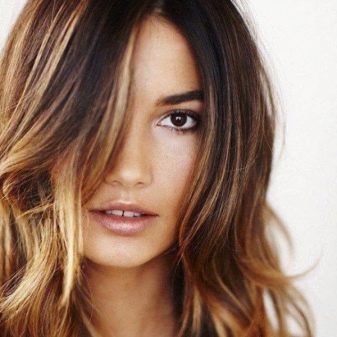
All types of armoring have common features.The master does not mix the range of shades: either cold or warm. All selected colors do not differ from each other by more than 3 tones. If the hairdresser takes a large number of tones, the boundaries between the shades are blurred, but the effect of naturalness goes away - because many colors are not used. In any kind of bronding there are no contrasts and clear boundaries.
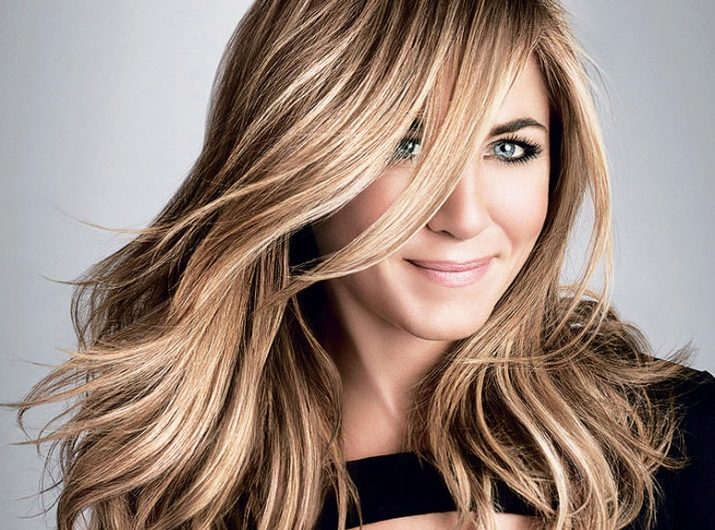
Execution technology
The paint for the entire procedure is selected from one series, which eliminates the conflict of colors. The master works with an ammonia-free composition, because bronze is considered to be a gentle and soft transformation technology. Before the session itself, the specialist examines the hair, cuts the cut ends. Immediately after this, the hairdresser prepares dyes.
At the first stage, the master should paint the entire length in the background color. Then he applies additional shades, retreating from the root about 3 cm. A convenient brush is used, light strokes, with alternating tones.
To prevent paint from mixing, release foil is used.
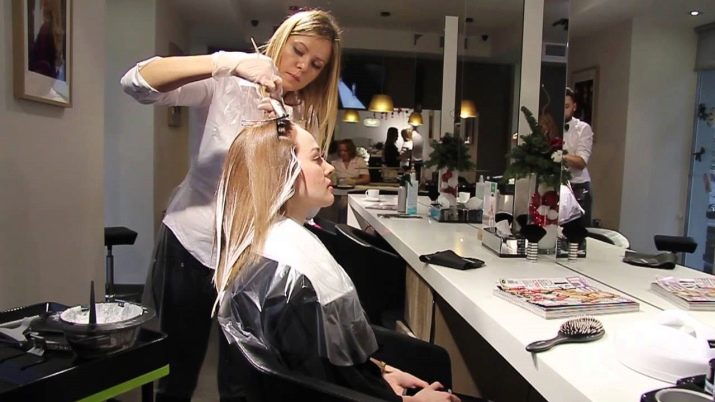
At home, it is very difficult to do, but if an experienced master comes to the house, the result will be the same as in the cabin. The scheme of the execution of staining does not depend on where the work takes place, in the salon or at home, the main thing is to have professional paints, tools and relevant skills.
You can make coloring step by step, following the instructions.
- A thin strand is separated from the hair, the hairs of which are laid on a special tablet, then a clarifier without ammonia is applied to them. Approximately 3 cm departs from the roots.
- Above the already processed strand, the master takes a new thin strand, it is slightly combed near the roots, the specialist puts the tips on foil, and a bleach is taken. Then the foil will be folded in half and left on the hair in such a folded state. The action is repeated again until the nape is processed.
- The master paints the crown of the head in a different shade, in order to do this, you should highlight the strands perpendicular to the hair growth. The strand that grows in the center of the treated area is not touched. Also bangs are stained. The composition is not kept on the hair for more than 50 minutes, but it is not recommended to maintain the dye for less than 40 minutes.
- Additional tones will be washed off faster - just 5 minutes on the hair is enough for them to do their job. The locks are tinted according to the scheme, the artistic look of the master is very important.
- Next, the master leads the client to flush the dye, the hair must be treated with a special conditioner and balm. The stylist proceeds to styling.


Some clients are against the use of paint, they ask the master to use tinting agents. But there is hardly a hairdresser who agrees to this adventure - light tonics are washed off very quickly, and the whole effect of an expensive, rather complicated procedure takes a couple of weeks.
If you describe the classic scheme of bronding, it includes the following steps: consultation, selection of paint, dyeing, shampooing, drying, styling. A haircut (even partial) can be present both before coloring and before styling.
Reservation at home, see the next video.
Care
After bronding, the hair looks radiant, full of health. But the external gloss needs to be supported by simple, but requiring regularity procedures. Do not often change shampoo and other care products, this will also be stress for the hair. Use a proven brand, it is important that the shampoo matches the type of hair and shade. Once a week you should do a recovery mask with the function of maintaining color.
And a few more interesting points.
- After bronding, you want to give your hair an even more spectacular look - curl curls or, on the contrary, straighten it. But hot tools should be abandoned for at least a couple of weeks. And if this is not possible, use them no more than twice a week. You should not get involved in a hairdryer either - there is nothing better than a natural hair dryer.
- Some experts are sure that fixing the hair can be done by lamination. But this always requires an individual approach, therefore there can be no universal advice.
- In winter, if the hair is directly affected by precipitation, wind, and freezing temperatures, it can quickly fade. And the styling in this situation practically does not hold. Therefore, if you can’t hide your hair under a scarf, braid it. A free French braid is an ideal option to protect the hair from the weather.
- To correct the bronde, contact the master who carried out the first staining. But if you are dissatisfied with his work, discuss with another specialist whether correction of staining is possible. It also happens that a woman does not want to admit that her expectations were overstated.

Often, after bronding, you want to grow your color, and this trend is almost doomed to success - soft growing without stress for a woman allows her to go to her goal without failures.
Good examples
Consider the successful options for the transformation with the help of bronding can be examples of stars. They could not pass by fashionable coloring, and only won - see for yourself.
- Gisele Bündchen. Brazilian supermodel is 38 years old, but she is still in the top 10 highest paid fashion models in the world. Maintaining the image of a long-legged tanned blonde helps her pride - a shock of golden-wheat hair. It seems that such locks in Giselle by nature. But this is a skillful work of stylists who took the natural color of hair as a basis, but with glare and transitions brought the idea of nature to perfection.
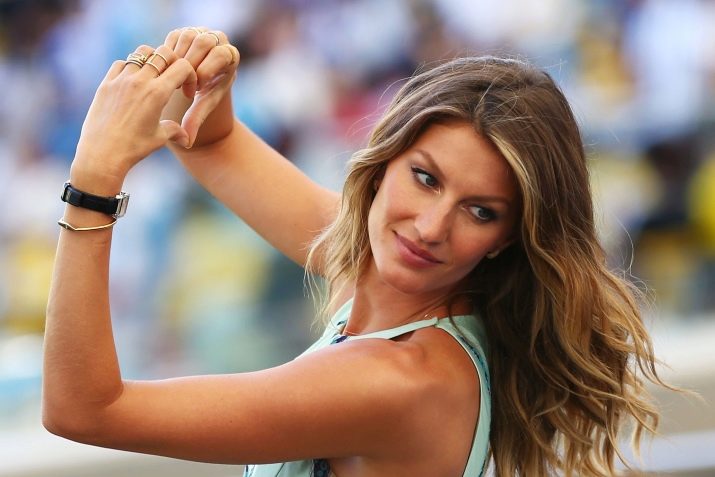
- Sarah Jessica Parker. At 53, the movie star is still in great demand, conquering fashionable covers and taking on new heights of cinema. A great example of the fact that it is not necessary to be born a classic beauty in order to make a stunning career and become an icon of style. For a long time, Sarah is faithful to one hairstyle (plus / minus light variations), and bronzing on her thick hair looks perfect. Blue-eyed and tanned should take an example.
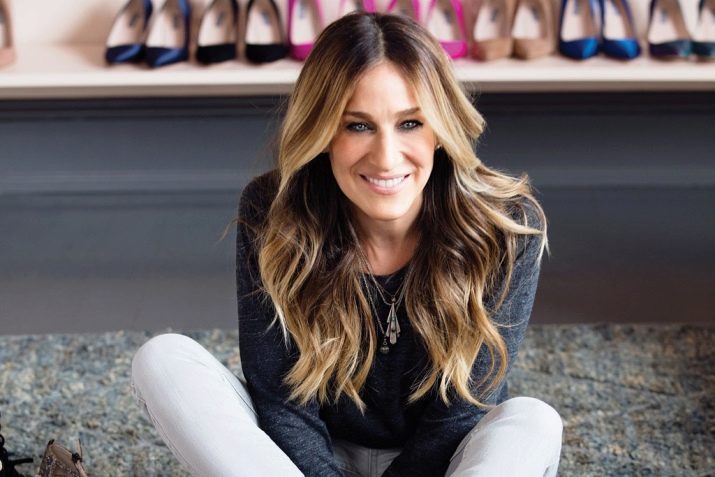
- Mariya Kozhevnikova. The mother of three children returned to the old image of a long-haired blonde, and he really suits her. But now the actress's hair color is closer to natural, soft and flowing. Perhaps it was bronding that helped the actress to grow hair from an extremely short haircut painlessly.
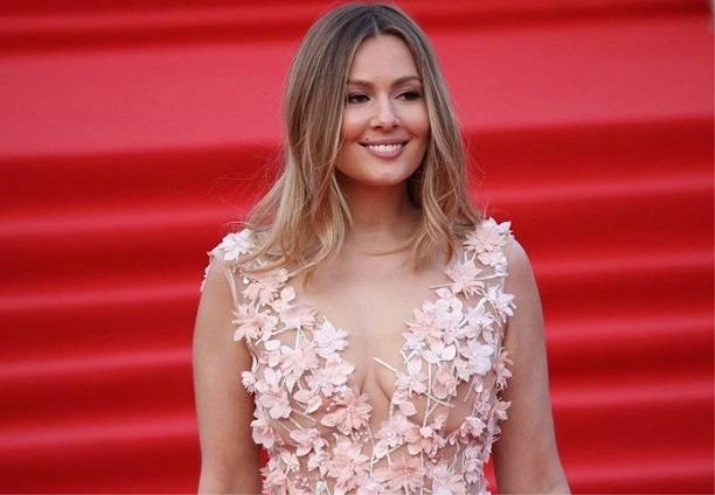
- Rita Dakota The singer plays with shades, but does not change the accent blonde. Many girls come to the hairdresser asking “I want hair like Dakota’s.” Loyalty to style and skillful handling of trends - this artist combines perfectly.
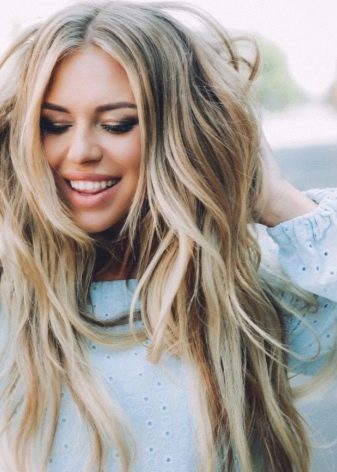

- Ekaterina Guseva. The popular actress in her own way shows how bronzing can play on red hair. No extreme transitions, just softly selected locks. Catherine is very interested in this coloring, it emphasizes her greenish eyes, makes the image more delicate.
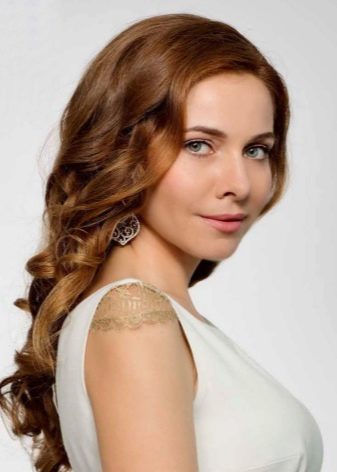
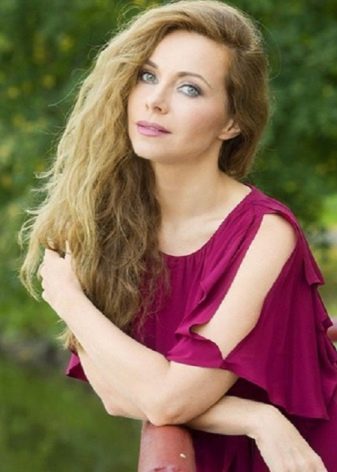
- Jessica Beale Especially for brown-haired women - a great option for bronding can be seen on American actress Jessica Bill. Light blotches of light shades look natural and very soft, you can’t say that Justin Timberlake’s wife is 36 years old.
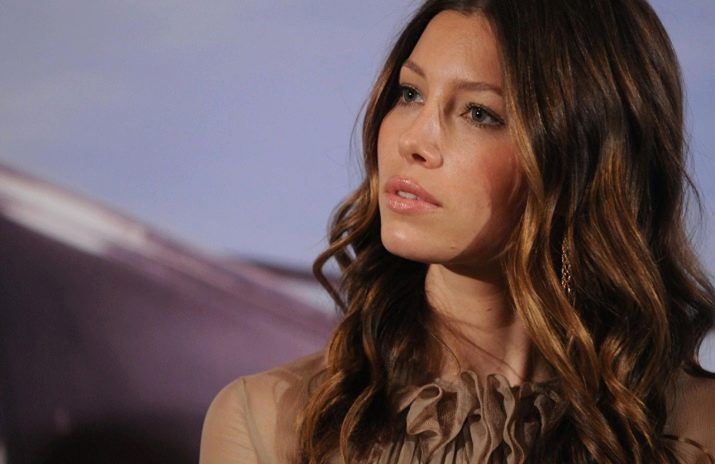
- Nicole Scherzinger. An example of how the bronzing of sultry brunettes transforms. Nothing more, the master acted competently and accurately. A singer with this hair color looks fresh, updating her face.
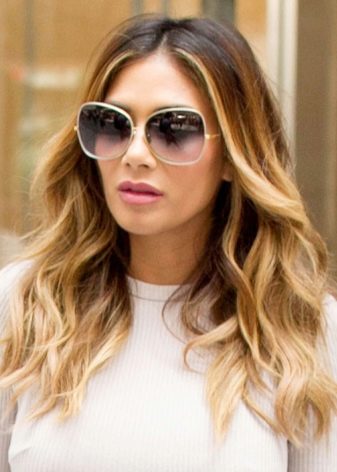
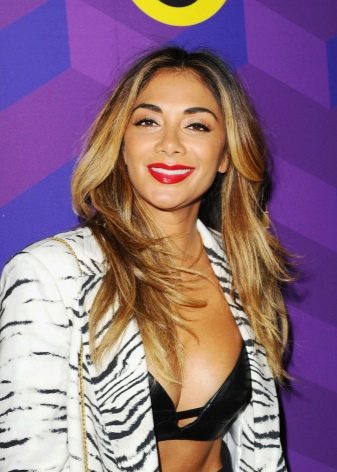
Brond is unlikely to go out of fashion in the near future: staining claims the status of a classic, because it could profitably reconcile modernity and naturalness, naturalness and high technology in one technique. To be fashionable, to follow trends, you do not need to radically change your nature. You can stay blonde or brown-haired, but a small retouch of hair color helps the natural image to open up as much as possible.
A preliminary consultation with the wizard will help you choose the option that is right for you, as well as consider alternatives to booking, if necessary.










